7. 2046 (2004)
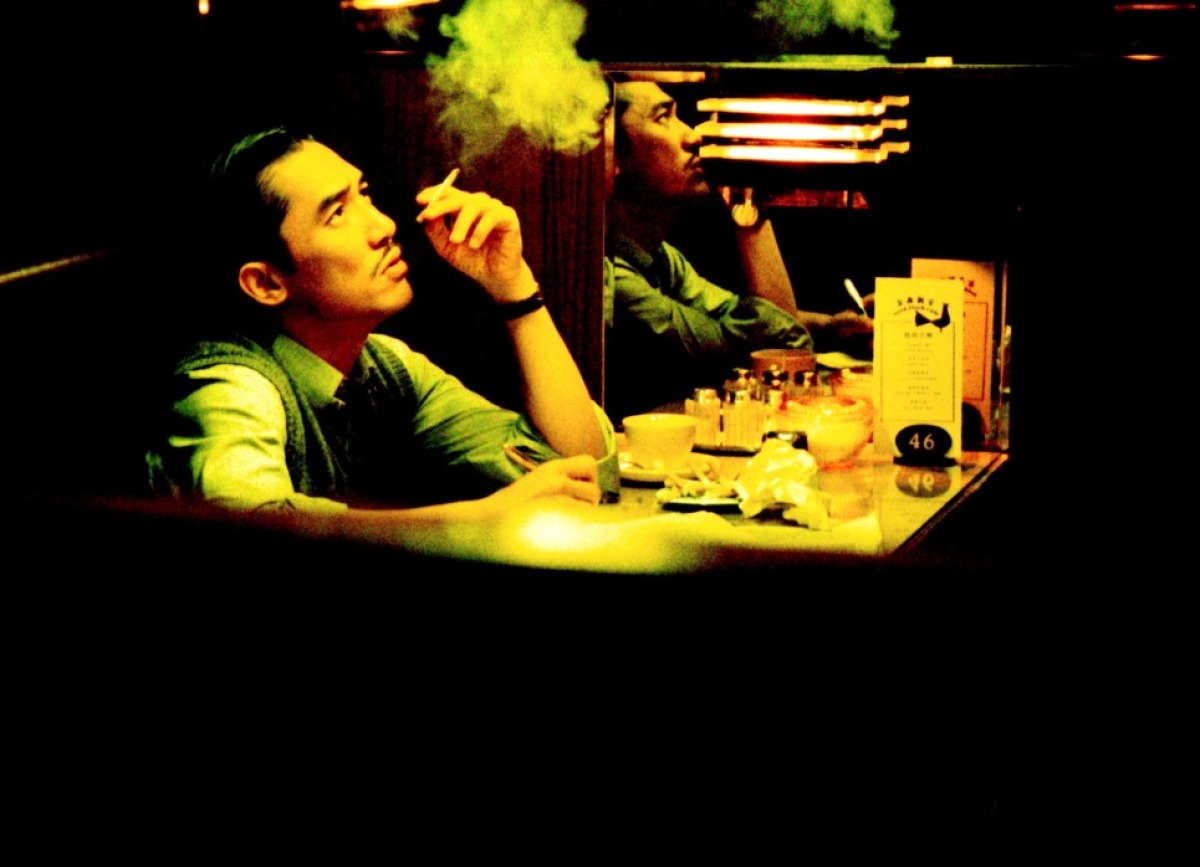
Mo-wan, a distant lover of many women, writes a science fiction novel with the name “2046,” inspired by the name of a hotel room. Through his mind’s portals, he visits the futuristic version of his own universe set in the year 2046, mostly seeking answers for his deep questions and claiming reification for his unfulfilled desires.
In his actual life, during the late 60s, Mo-wan meets a lot of woman, one after another. All of them have meant something to him. However, an obstacle always occurs so as to disrupt the evolution of a healthy romance in his life.
Nevertheless, one woman plays a different role in his life. He falls for the daughter of the hotel’s owner. She can write well, even better than him, but she is in love with someone else. He helps her secretly receive letters from her lover and make long-distance calls. Then, he travels to his 2046 universe and meets an android that looks like her, in order to learn if the girl responds to his love. There is no answer for him.
Something always goes wrong in love. As it is articulated in the film, it’s a matter of timing. “2046” is a regression between actual events, memories and aspirations. Events transmute into memories and memories generate aspirations. A man would travel through time to find love. But even if he imagines his beloved woman in a parallel dimension, she will be nothing more than herself.
6. Un chien andalou (1929)
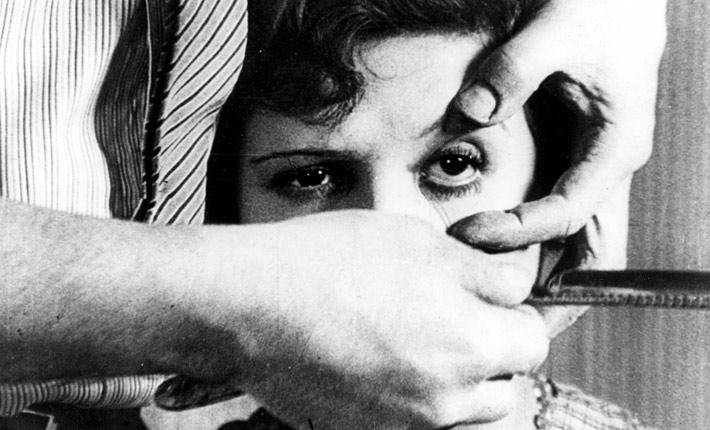
The film “Un chien andalou” demands a deep and brave infiltration within the subconscious, so as to be experienced in a substantial way. This extraordinary piece of art arose by the combined transcendental ideas and artistic singularities of Luis Buñuel and Salvador Dali. It has been an independent avant-garde artistic entity for its era, whereas its impact on art hasn’t been shrunk heretofore.
The film encompasses a series of unconnected and excessively socking scenes, revealing the presence of Dali through several optical elements and allegories: a barber cuts across a girl’s eye with a blade; a society of ants emerge from a man’s hole-ridden hand; and two lovers rise above the ground like statues.
The aim of surrealism is hard to explain in words. Such an effort would reduce the significance of this art kind. Quite so, “Un chien andalou” intends to provoke inner investigations and subliminal realizations. The film’s paradoxical aspects are not a form of lyricism; they’re a radical challenge to awakening and thorough imagination.
5. 8 ½ (1963)

Guido Anselmi is a director experiencing a sudden inspiration crisis. During the shootings of his new film, collaborators and lovers appear with constant questions and demands, synthesizing a relentless source of distractions. His entourage seems to be too shiny, too fast, too loud, and thus too confusing, until the spectator feels an intense inner need to demand some silence for Guido’s sake.
His repressed mentality has resulted in the occurrence of nightmares and unsettling illusions. On the other hand, in his effort to break free from his burdensome reality, Guido is evoked by insignificant daily details to drift in his memory world. Within his fantasy sphere, he finds shelter under the gentle shadow of his past.
Eventually, all of his recent intellectual experiences fuse together and become an indissoluble unit. Figures that signified his childhood promenade together with his actors in front of his eyes, and even his wife and mistress exist side by side. Nevertheless, this ritual taking place in his head leads him into a situation of clarity.
4. Dreams (1990)
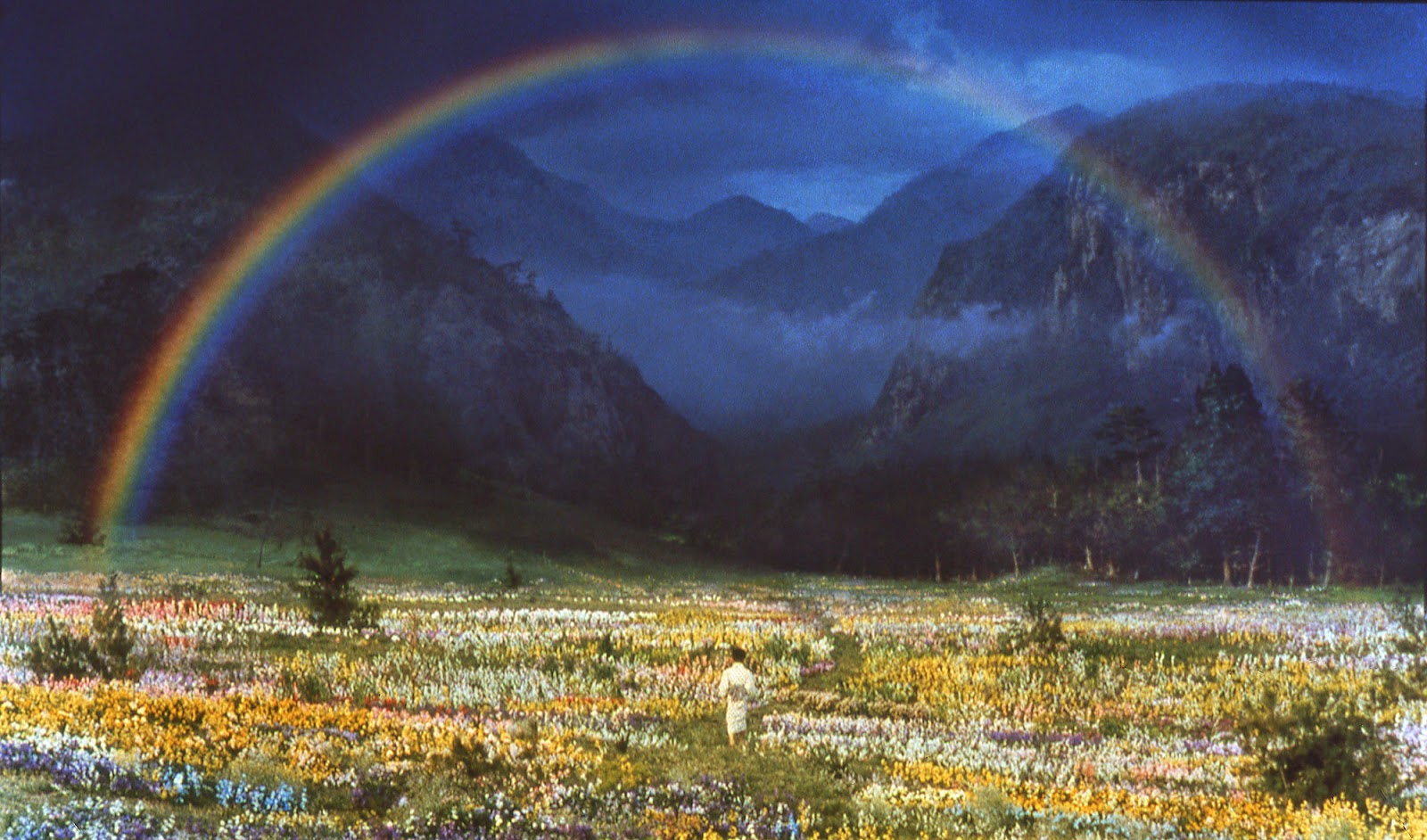
Akira Kurosawa’s dreams, from childhood to a mature age, reflect on a sensitive and deeply concerned spirit. In his film “Dreams,” Kurosawa exposes his subliminal agonies and mental journeys to magical lands, while he deals with the futility of war, the environmental pathologies, and the uncertain fate of this world.
In addition, he carries away the spectator to a unique artistic journey while he visits Vincent van Gogh in a small village where he is drawing in a meadow. Kurosawa has a small discussion with van Gogh, who’s hurried to complete a painting before sunset, and then he walks within the textured pathways of van Gogh’s paintings.
Even though dreams are common in life, they offer plenty of haunting and unforgettable memories. The film “Dreams” is a unique opportunity to watch someone else’s dreams. Kurosawa’s subconscious is synthesized by colorful natural settings, hypnotizing artistic illustrations, and dystopian but still magical aspects of reality. This masterpiece leads the spectator to drift in a terrifying and simultaneously breathtaking fantasy sphere of real substance.
3. Pan’s Labyrinth (2006)
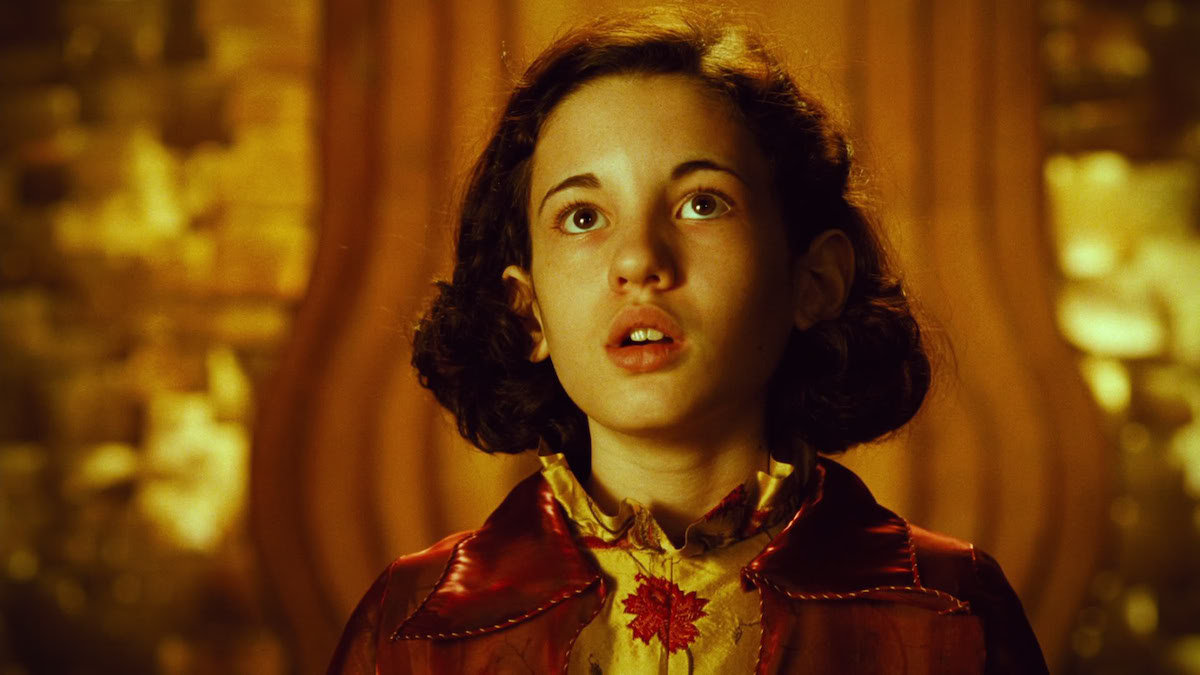
“Pan’s Labyrinth” is a nightmarish and beautiful fairy tale, which is exclusively addressed to adults, even though it is focused on children and their place in vicious and violent societies. Through this film, Guillermo del Toro delineates the timeless woes and flaws of humanity, creating a world that at a first glance seems to be unreal, but deep in its substance it’s nothing more than reality in disguise.
During the gloomy years of Franco’s dictatorship, a young girl named Ofelia has to deal with her mother’s new husband, who is a domineering army officer. Ofelia and her pregnant mother move in with the officer, and close to their new house she discovers a haunted labyrinth, ruled by an otherworldly creature called Pan. Pan informs her that she belongs in his world, but in order to be accepted back, she has to carry out some demanding tasks.
Throughout her efforts to accomplish her tasks, Ofelia is introduced to the eerie world rising so close to the humane one, and also bravely confronts terrifying creatures. In one of the most breathtaking scenes of the film, she draws a door on a wall with a chalk in order to obtain access to a place that hosts a repulsing monster.
Soon, Ofelia realizes that this monster is the officer’s alter ego in Pan’s haunted world, or else the loathsome portrayal of dictatorship. Moreover, this entire haunted world is an upside-down version of the real one. Her adventure within the mysterious trails of the labyrinth was foremost an induction to reality’s relentless requirements. In addition, the successful achievement of her goals played a catalytic role for her newborn brother, or else for the future of the real world.
2. The Lord of the Rings Trilogy (2001, 2002, 2003)
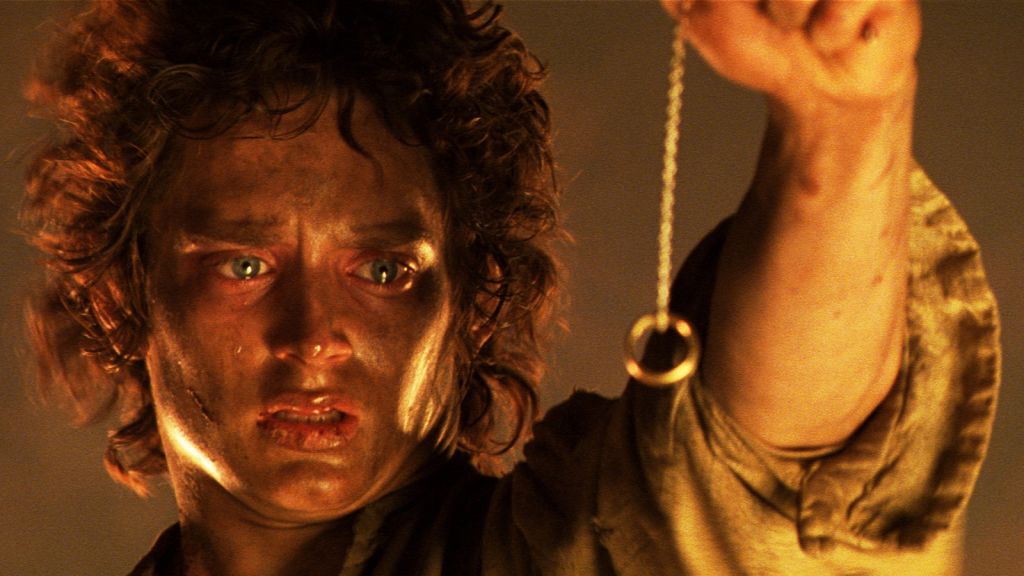
“The Lord of the Rings” is a complete and absolutely amazing universe that arose into the unlimited and one-of-a-kind fantasy sphere of J. R. R. Tolkien. The cinematic version of this masterpiece masterfully captures the quintessence of Tolkien’s work, while it generate deep emotions and stimulates the imagination in an enchanting way. Perhaps, every lover of this exceptional trilogy wishes that Middle-earth exists eternally in a parallel dimension.
Through a rising battle between the forces of good and evil, bringing out the eternal contradiction between mundane beauty and ugliness, “The Lord of the Rings” manages to express plenty of panhuman ideas. No other artistic entity has ever described more gracefully the idea of homesickness, the substantial simplicity of mankind, the value of nature, the oversight on the gaze of death if beloved treasures are in danger, and even the mental blindness that power inflicts on weak humans.
“The Lord of the Rings” is definitely an unrepeatable story. In addition to that, its cinematic depiction is distinguished by exquisite cinematography, a haunting original score, and performances from the heart. Such a synthesis has resulted in one of the best fantasy filmic creations in cinema history, if not the best.
1. Solaris (1972)
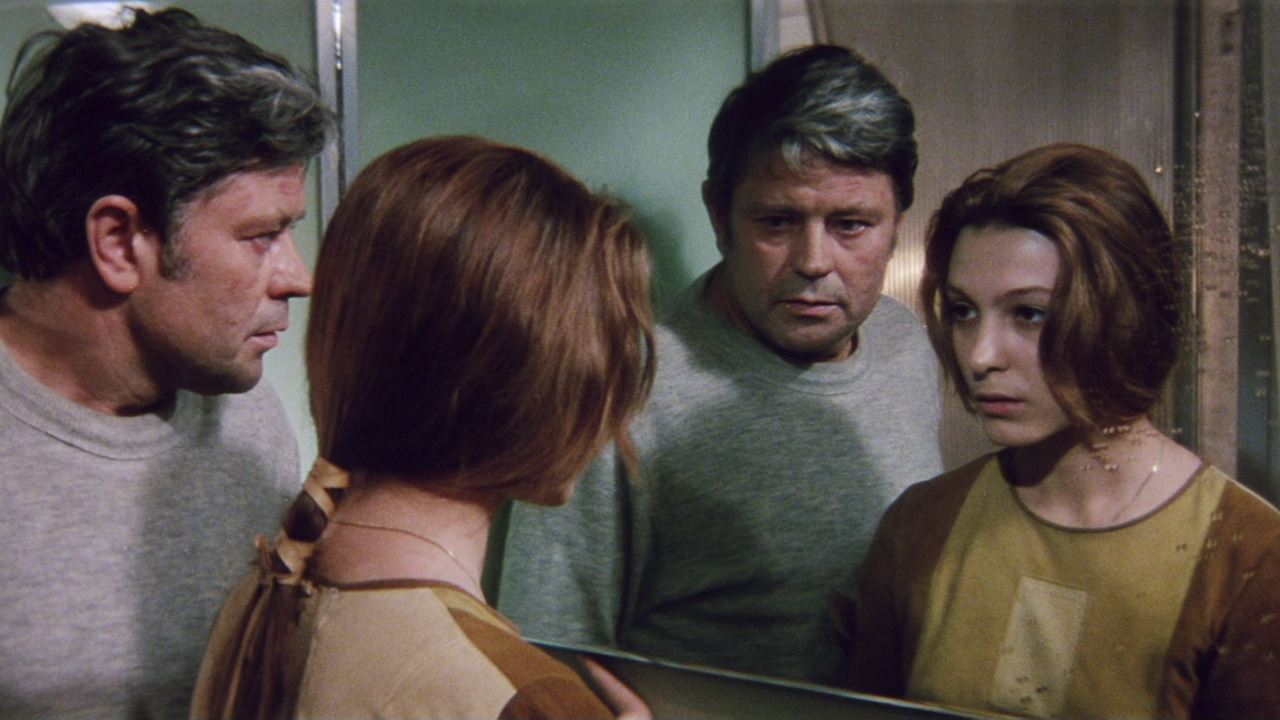
“Solaris” is one of those films that demands the spectator watch carefully, attempt some germinal considerations, and then just close their eyes in order to watch the film again with their mind’s eyes. At first glance, “Solaris” is a science fiction film. Virtually, it is one of Tarkovsky’s explorations on subconscious.
A psychologist is sent to a space station close to a planet called Solaris, which has been scientifically investigated for several years. After few days, the psychologist realized that the objectivity of the events evolving on this planet is not granted, while this unearthly land is dominated by mysterious rules.
At night, Solaris rakes up the innermost thoughts and desires of people, and subsequently brings to life circumstances that used to occupy the subconscious. Through this procedure, the psychologist has to be confronted with his past, whereas he interacts with figures of great significance in his life. Eventually, he mentally visits holy places that have been kept safe in the dusty drawers of his memories.
If the spectator is brave enough, they will open the eyes of their mind widely and let themselves to be reflected in the mirror of this film. Consequently, they will learn countless things about their mental substance.
Author Bio: Marillie Damoulianou is a Geologist from Greece. She’s also a cinema lover, with special preference to the European film movements.